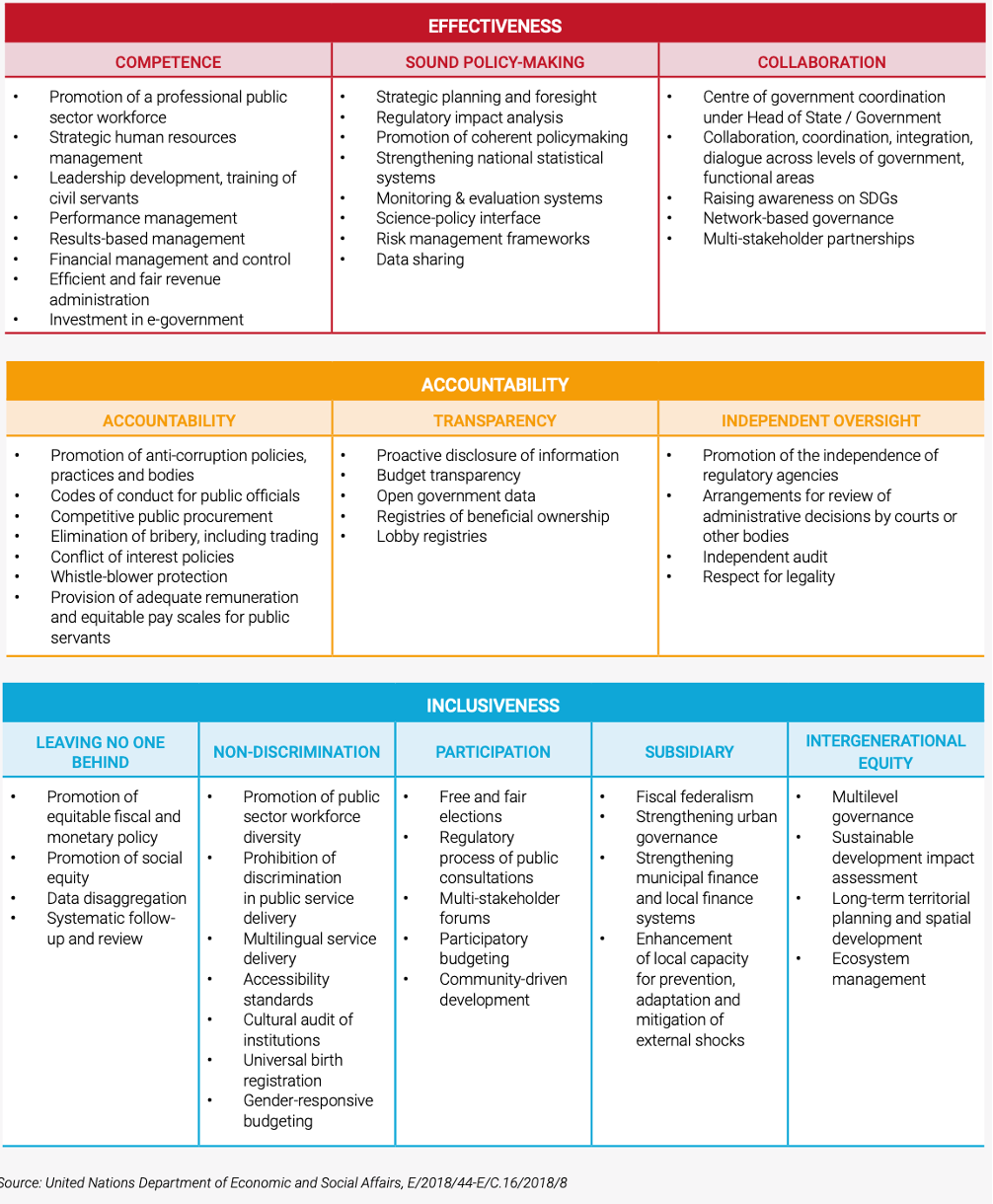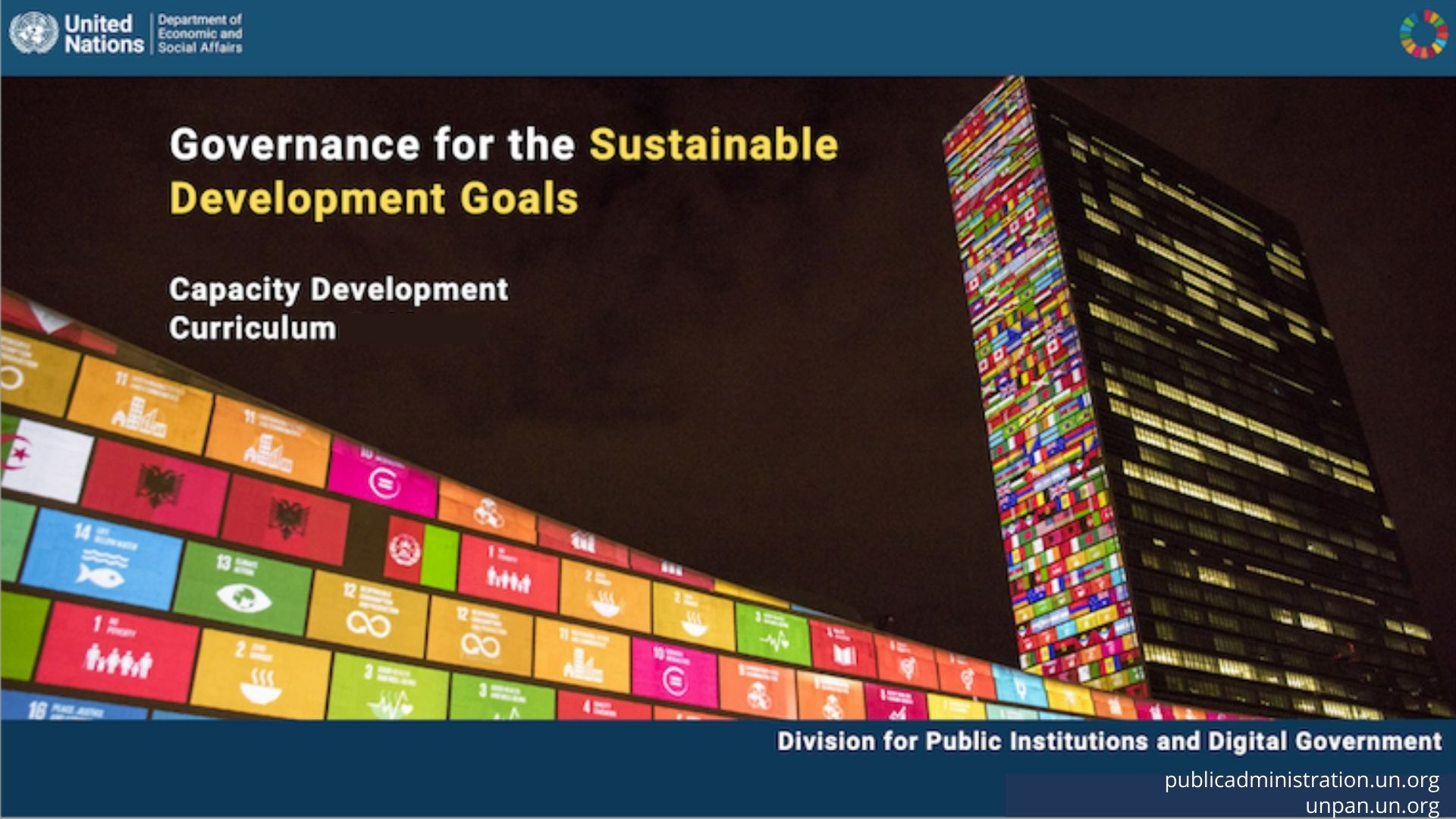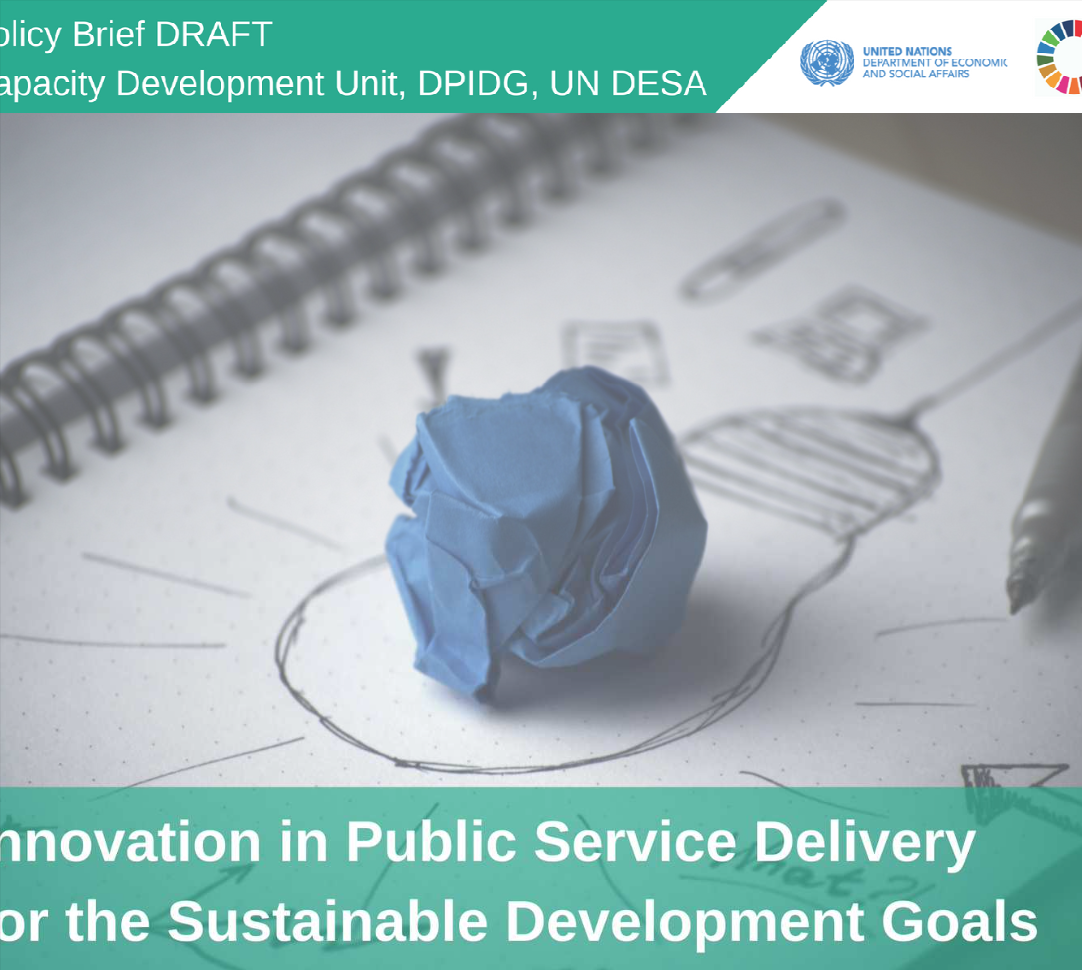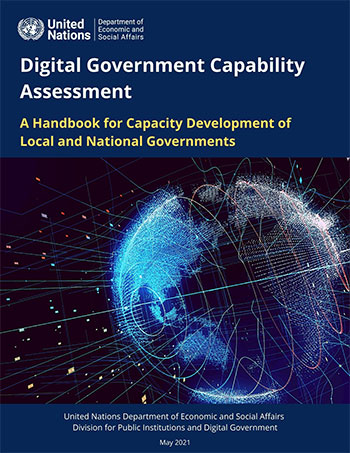Digital Government Capability Assessment
Self - Assessment Questionnaire
Each enabler, or dimension of the DGCA, has sub-dimensions that focus attention on specific actions that could be taken in order to increase capability in each of the dimensions. Each sub-dimension has a set of statements or items that are used in the DGCA process. The table shows the list of dimensions, sub-dimensions, and the number of items per sub-dimension.
| Dimension | Sub-dimension | Number of Questions | Sub-total | Take the Assessment |
Leadership | Vision | 4 | 11 | Take the Assessement - Dimension 1 |
| Policy | 4 | |||
| Data | 3 | |||
Strategy | General | 8 | 15 | Take the Assessment- Dimension 2 |
| Integration and Interoperability | 3 | |||
| Data | 4 | |||
Governance | General | 6 | 20 | Take the Assessment- Dimension 3 |
| Citizen and Business | 5 | |||
| Partnership | 2 | |||
| Data | 3 | |||
| Organization | 4 | |||
Legal | Laws and Regulations | 5 | 26 | Take the Assessment - Dimension 4 |
| Policies and Procedures | 14 | |||
| Data | 3 | |||
| Procurement | 4 | |||
Technology | General | 4 | 21 | Take the Assessment - Dimension 5 |
| Citizen and Business | 5 | |||
| Public Servants | 3 | |||
| Cybersecurity | 9 | |||
Professional and Workforce Development | 7 | 7 | Take the Assessment - Dimension 6 | |
| Total | 100 | |||
About the Capability Assessment
What is a Capability Assessment and why do One?

Completing a Digital Government Capability Assessment (DGCA) will help civil servants build new understanding of the level of digital government capability that exists in a country as a foundation for continued efforts to innovate and lead in the area of digital government and public service delivery. A DGCA is not meant to be used to benchmark capability, but rather to develop an understanding of current capability and to inform decision making about where investments are needed to increase innovation and digital government capability leading to improvements in public service delivery.
Completing a DGCA as part of a workshop serves multiple purposes. The first is to provide workshop participants with exposure to the general process of conducting assessments as a way to systematically identify gaps between existing capability and desired capability. The second is to use that understanding as a new lens through which to learn about
the content presented in the workshop, and third, to use that new understanding of a country’s digital government capabilities when working with fellow workshop participants to create an action plan for building new capability. This tool can be used at the inter-institutional level as part of a national exercise or as an international comparative exchange between different countries at the regional or global level. One example is the Caribbean Training Workshop engaging 13 countries held in February/March 2021 with five online facilitated virtual training sessions for two different groups of countries.
The focus of interest, or unit of analysis, in completing a workshop with the DGCA is not a particular digital initiative, such as a portal, but rather it is the whole of government capability for creating and sustaining digital government transformation. The DGCA process can be carried out in a workshop setting through two complementary steps:
1) a self-assessment to be filled out individually by workshop participants and
2) a collaborative assessment to be conducted through small or larger groups as a workshop activity.
The DGCA was based on an extensive field review of a selected set of relevant digital development models, particularly: 1) Gartner's Digital Government Maturity Model, 2) McKinsey's Digital by Default, 3) UN METER 2, 4) CTG's Capability Framework, 5) a set of literature reviews synthetizing 26 “maturity models” developed in the last 20 years, and 6) a review of current and best practices. These studies were developed by the Center for Technology in Government (CTG), University of Albany, NY.
The Context: Principles and Strategies of Effective Governance for Sustainable Development
A DGCA should not be seen in isolation from the overall context related to effective governance, as digital government does not exist in a vacuum and should be seen as a means to enhance people-orientation and public service delivery within a given government.
The UN Committee of Experts on Public Administration (CEPA) has developed a set of principles of effective governance for sustainable development. The essential purpose of these voluntary principles is to provide practical, expert guidance to interested countries in a broad range of governance challenges associated with the implementation of the 2030 Agenda. The principles, endorsed by the United Nations Economic and Social Council on 2 July 2018, highlight the need for pragmatic and ongoing improvements in national and local governance capabilities to reach the SDGs. To this end, the principles are linked to a variety of commonly used strategies for operationalizing responsive and effective governance, many of which have been recognized and endorsed over the years in various United Nations forums, resolutions and treaties.
There are 3 pillars, 11 principles and 62 strategies for effective governance identified by CEPA. The pillars are: effectiveness, accountability and inclusiveness.
Under the pillar “effectiveness” and the principle “competence”, the strategy “investment in e-government” has been endorsed by the ECOSOC as relevant to promote effective governance. Other complementary strategies have also been identified.
Under the pillar “effectiveness” and the principle “sound policy-making”, the strategy “monitoring and evaluation systems” has also been identified.
Under the pillar “accountability” and the principle “transparency” the strategy “open government data” has been identified.
Under the pillar “inclusiveness” and the principle “leaving no one behind” the strategy “data disaggregation” has been identified.
In summary, although a DGCA has been designed to provide a context for digital government development, it is not in itself a contextless exercise, as it should be ideally seen as an exercise within the overall effort to improve governance effectiveness within any given local, provincial or national government. Table below provides an overview of the 3 pillars, 11 principles and 62 strategies of effective governance for sustainable development, as endorsed by the UN Economic and Social Council.

Dimensions
The DGCA is a set of six dimensions that are key factors in assessing the level of digital government capability. The DGCA uses an “enabler” focus with each of the dimensions of the DGCA representing a theory of change related to the key enabling factors in terms of capabilities that contribute to digital government development. Enablers, as theories of change, in the DGCA, represent what is needed to improve institutional and organizational capabilities for digital government. A theory of change is a model that explains how an intervention will lead to improved performance in a specific domain. It specifies a direction (a desired performance or outcome), and implies the inputs and activities needed to attain the desired direction. A theory of change answers the question "How might A lead to B?" Each of the theories of change underlying the enablers of the DGCA is based on recent relevant literature and a review of current and best practices in innovation and digital government for public service delivery.

Related Information

Training of Trainers I English

Training of Trainers I English

Policy Brief I English
 Bienvenidos a las Naciones Unidas
Bienvenidos a las Naciones Unidas
